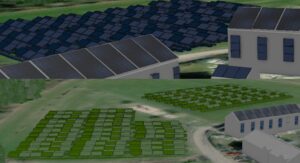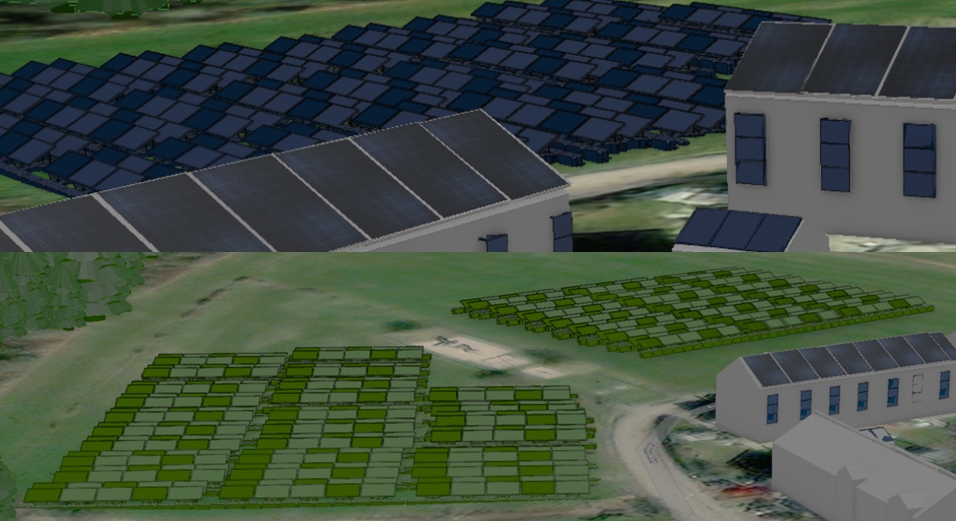The project at a glance
-
Start date:01 May 2023
-
Duration in months:48
-
Funding:Institute for Advanced Studies (IAS)
-
Principal Investigator(s):Prof Catherine JonesProf Philip Dale
Organisation and Partners
- Department of Geography and Spatial Planning
- Department of Physics and Materials Science
- Faculty of Humanities, Education and Social Sciences (FHSE)
- Faculty of Science, Technology and Medicine (FSTM)
- Laboratory for Energy Materials
Project team
- Prof Catherine Jones, PI
- Prof Philip Dale, PI
- Alexander SKINNER, Project member
- Clara SCHRECK, Project member
- Tom BECKER, Project member
- Malte HELFER, Project member
- Mariam Tarhini, Project member, Cardiff University (external)
Keywords
- Photovoltaics (PV)
- Living Labs
- co-creation
- social preferences
- social acceptance city modeling
- augmented reality system (AR)
- sustainable transitions
- solar energy.

